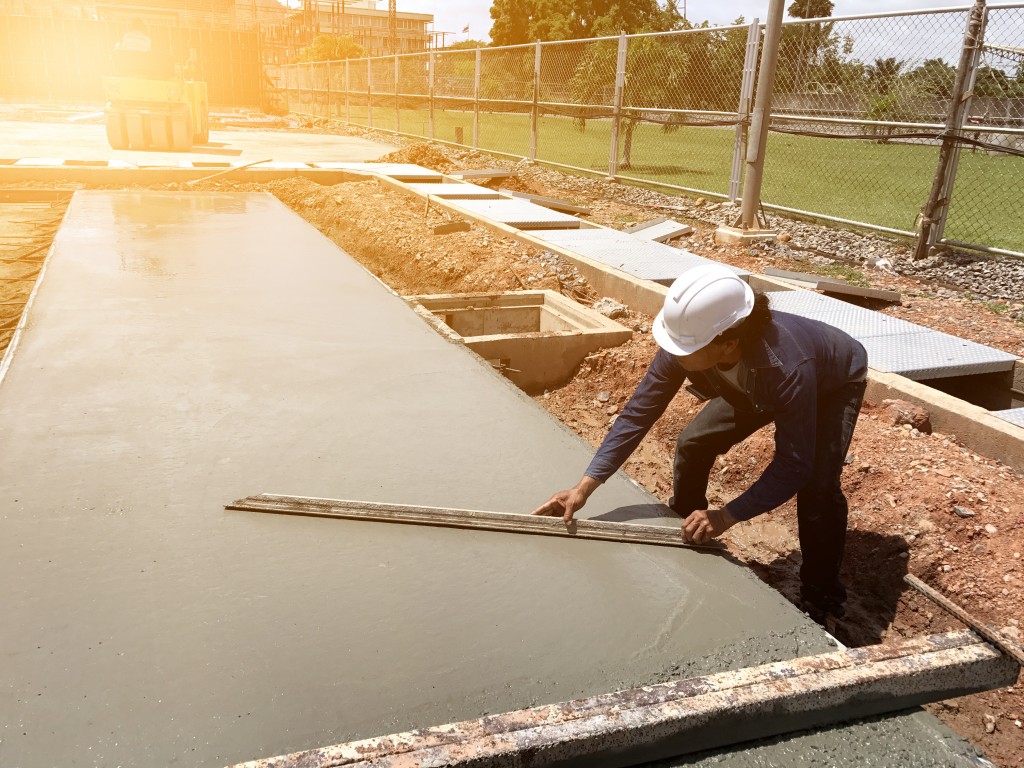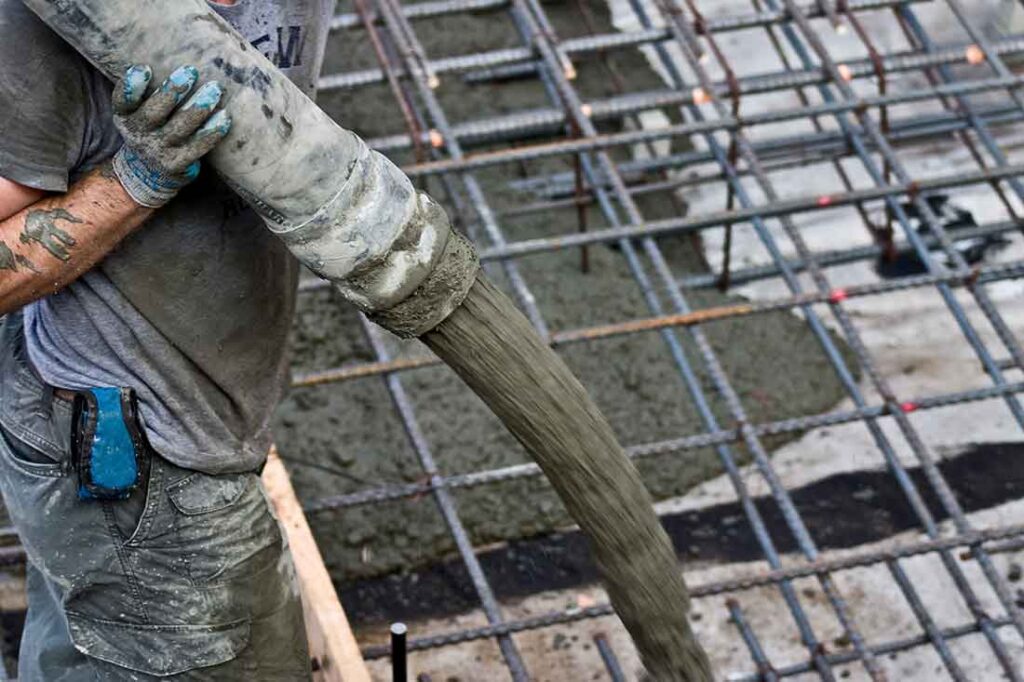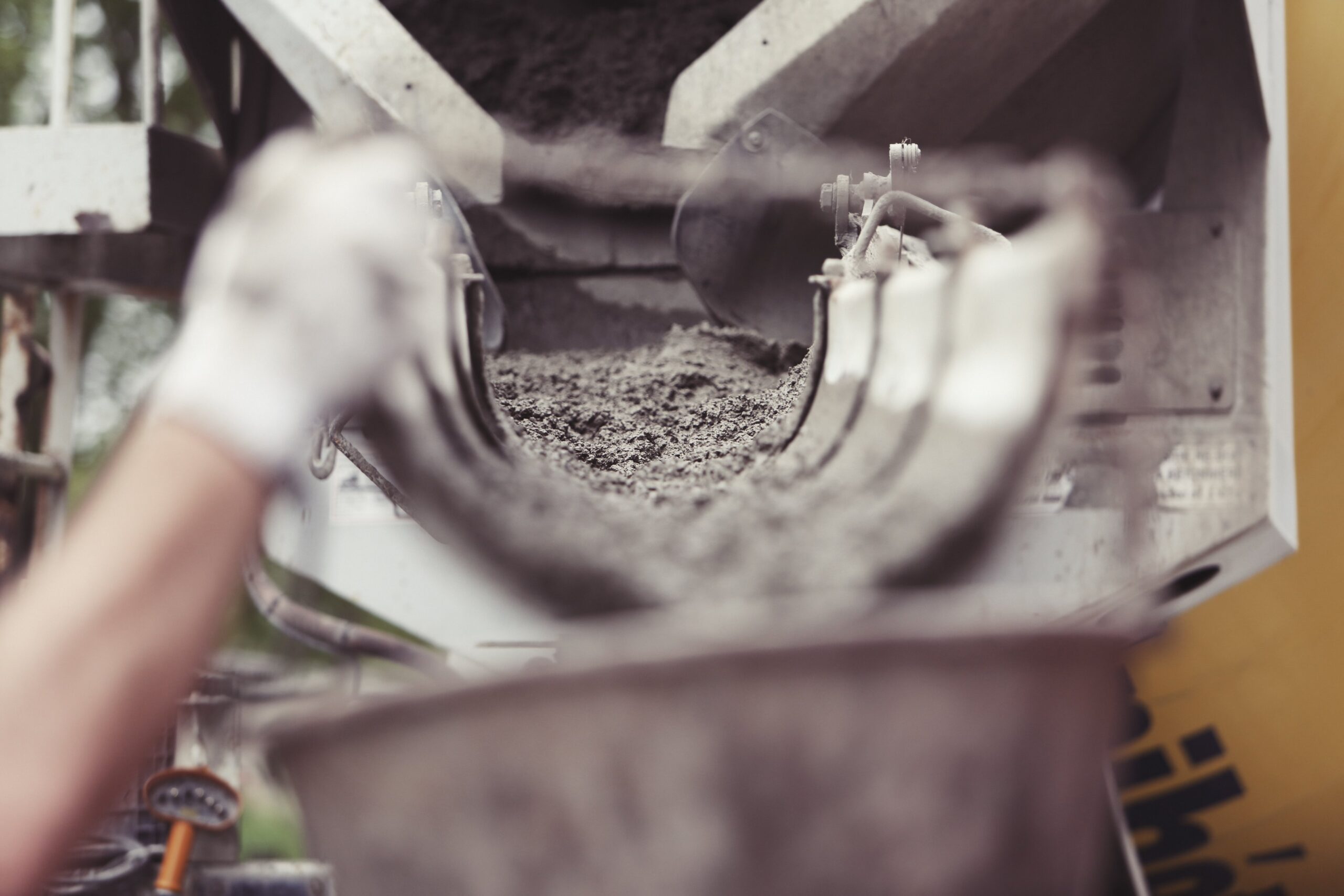Water-reducing admixtures help enhance the workability and strength of concrete while also reducing the overall cost. These are made up of some organic compounds of mixtures of inorganic and organic compounds to reduce the requirement of water for the mixture
Polynaphthalene sulfonate is one of the widely used admixtures that is chloride-free and dissolves in water quickly. It is a commonly used water-reducing admixture in the construction industry.
What Are Water-Reducing Admixtures?

As the name indicates, water reducers allow the concrete to be mixed by using less water. Using these admixtures decreases the required amount of water to achieve a slump. It leads to a reduction in the ratio of water to cement and enhances the durability and strengths of the concrete. Moreover, it also creates additional workability in the same water to cement ratio.
Reducing the ratio of water and cement is one of the most significant factors in producing high-quality concrete. In some cases, the ratio of cement might also be lowered to decrease the cost or the heat of hydration for pouring mass concrete.
Water reducing admixtures, like Polynaphthalene sulfonate, enhance concrete’s flowability and decrease segregation. Therefore, these admixtures are also utilized in pumping applications of the concrete.
Importance of Using Water Reducers

Concrete characteristics are influenced by the water ratio utilized in the concrete mixture. When the water amount is decreased, it results in higher density and enhanced quality of the paste. Using these admixtures is the only way to reduce the water content.
If the amount of water poured into the cement is reduced without using the water reducers, it will end up in a stiffer mixture, which further leads to placement issues. This is the reason water reducers are added to the mixture.
These admixtures can be included in the concrete mixture, enabling concrete to retain its flowability and making it easier to work with. Since the water reducers can’t evaporate, they can be used to increase the flow or slump of the mixture without the need to add more water. It helps maintain the desired strength of concrete needed for the project at hand.
Aside from making the concrete easy to work with, adding water reducers also increases the resistance to weather, decreases the cracking and shrinkage, and lowers permeability. This drastically enhances the quality of the overall project.
How do Water Reducers Work?

When cement and water interact, it causes the cement particles’ dissimilar electric charges to attract one another. As a result, the grouping or flocculation of the particles occurs. A good amount of water content gets absorbed during the process, which leads to decreased slump and a cohesive mix.
The surface charges are neutralized on the solid particles by adding water-reducing admixtures, causing every surface to have like charges. As all particles that have like charges are repellant toward one another, it reduces the grouping of the cement particles that results in improved dispersion.
The water-reducing admixtures also decrease the paste’s viscosity, providing a greater slump.
Benefits of Water Reducers

The increased workability and strength of the mixture due to the water reducers results in reducing costs in the overall project. While mid to high range of admixtures might be pricey, the contractors still end up saving money because of the enhanced workability and durability of the mixture. Utilizing a consistent admixture, like Polynaphthalene sulfonate, can prove cost-effective for the project.
The water reduction provides a much greater slump and strength of the cement. It makes it easier to work with the concrete, which means less workforce is needed to handle it. The contractors can utilize the workers in other crucial tasks that need extra hands. Ultimately, it can help finish the tasks sooner. As a result, the project can finish earlier and cause increased cash flow.
The benefits of the water reducers outweigh the costs. The proper use of water reducer admixtures, like Polynaphthalene sulfonate, can prove beneficial for the contractors in terms of cost, durability, strength, and quality. The overall in-place cost of the project can decrease simply by using water reducer admixtures.
It is essential for the contractors to ensure they find the right manufacturers and suppliers of the construction materials. Using the right Polynaphthalene sulfonate mixture or other water-reducing admixtures can have a major impact on the product. Choosing a supplier that utilizes innovative techniques to prepare and deliver the product is crucial.
Look for a supplier offering high-quality concrete admixtures that can enhance the overall quality of your construction work. Quality control is also integral. Keep in mind that the extraction method for Polynaphthalene sulfonate could be different among suppliers.
The wrong processing technique can significantly reduce the overall quality of the end product. Selecting a supplier that maintains quality control is essential when choosing the right water reducer.
Before adding any water reducer admixture, ensure that it has the right specifications and has undergone advanced quality testing. This way, you will have the best quality product to add to your concrete that would increase its durability and workability, resulting in an excellent end product.

